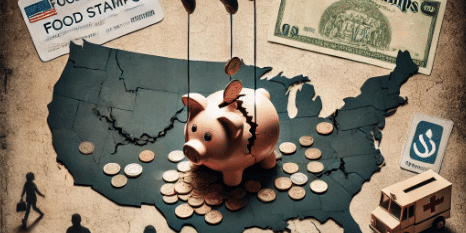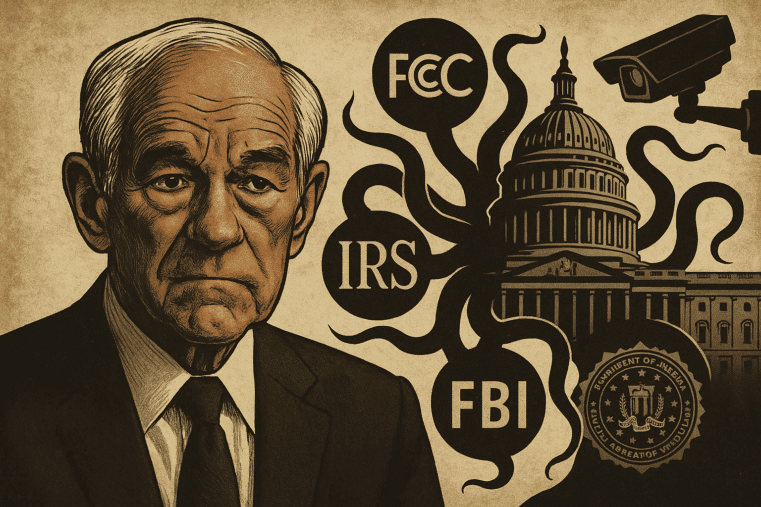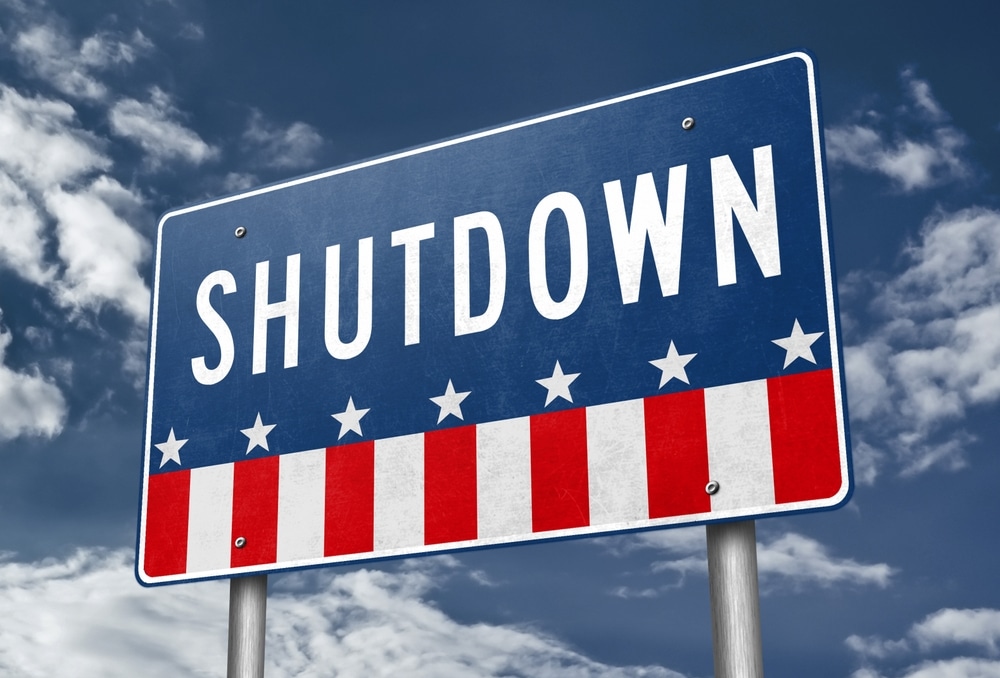
Breaking the Bank: How Immigration and Welfare Policies Are Colliding
By Eric Blair
“You can’t have free immigration and a welfare state.”
That line belongs to Milton Friedman, the Nobel-winning economist, and it carries more weight today than ever. Friedman’s warning was clear: a nation that opens its borders while expanding public benefits signs its own economic death warrant. Yet it seems the current U.S. administration is determined to prove him wrong.
Borders are thrown wide open. Millions pour in—some escaping desperate situations, others simply chasing opportunity. It’s impossible to say exactly how many. Estimates range from 10 million to 20 million migrants, or more. Some cross illegally, others are waved through under asylum claims. Either way, the system bends to accommodate them at taxpayer expense.
A Warm Welcome—at Your Expense
Reports tell us migrants are being handed prepaid debit cards, mobile phones, and airline tickets to destinations of their choice. On arrival, many find free shelter and services, all courtesy of the public purse. Illegal immigration alone is estimated to cost U.S. taxpayers $450 billion annually.
This isn’t Ellis Island anymore, where immigrants were told: sink or swim. Today, the government says: How can we help?
Now, let’s be clear. Most migrants are not villains. Many are simply trying to escape crushing poverty or violence. If I were in their shoes, I might do the same. But the economic reality remains: you cannot sustain both mass immigration and a welfare state. The math doesn’t lie, even if the politicians do.
Does Immigration Really Boost the Economy?
The typical argument is that immigration enriches the nation, growing GDP and generating wealth. But the reality is far less rosy.
Consider this from the National Research Council, as reported by the Center for Immigration Studies:
- An immigrant without a high school diploma is estimated to create a lifetime fiscal burden of $89,000 in 1996 dollars (adjust for inflation today, and it’s much higher).
- Even legal immigrants can drain public resources. Less educated immigrants, legal or illegal, place massive burdens on schools, healthcare systems, and public services.
If every illegal immigrant were granted legal status tomorrow, the net annual fiscal deficit would climb by $29 billion—roughly $7,700 per immigrant household per year. And the costs aren’t just federal; local governments also shoulder massive expenses.
So much for the fantasy that immigration is a pure economic blessing.
Why Is This Happening?
The most common explanation is political: Democrats want more voters, and they see migrants as a future voting bloc. There’s truth to this, of course. But is there something deeper?
Some whisper about the Cloward-Piven strategy. For those unfamiliar, it’s a theory developed in 1966 by two sociologists, Richard Cloward and Frances Fox Piven. Their goal? Collapse the welfare system by overwhelming it, then replace it with a guaranteed minimum income.
Their strategy encourages mass enrollment in public benefits to create a crisis too big for government systems to manage. And when those systems collapse? The solution would be a vast, federally controlled redistribution scheme.
Sound familiar? Flooding the system with millions of migrants—each one eligible for public benefits—would fit the Cloward-Piven blueprint perfectly. Whether intentional or not, the result is the same: a broken system ripe for federal intervention and control.
A Dangerous Game
Is this administration deliberately advancing a strategy to collapse the welfare system? Are invisible hands pulling the strings, using immigration as a weapon to remake the nation’s economy?
I don’t know. But the thought isn’t as far-fetched as it once seemed.
COVID policies. Military aid to Ukraine. Election controversies. The same government that botched those affairs now claims to have a handle on mass migration?
If you find this story troubling—and you should—you owe it to yourself to take steps now to protect your finances. When systems collapse, they tend to do so without warning. Bank failures, welfare implosions, and economic shocks are rarely announced ahead of time.
Bill Brocius outlines exactly how to prepare in his book End of Banking As You Know It. And for those ready to dig deeper, Bill’s exclusive Inner Circle newsletter offers strategies to survive the next financial collapse for just $19.95 a month.
Don’t wait for the crisis to hit. Get ahead of it. Download the free guide, 7 Steps to Protect Your Account from Bank Failure, and make sure your savings aren’t caught in the crossfire:
Download Your Free Guide Here
Prepare now—while there’s still time.











